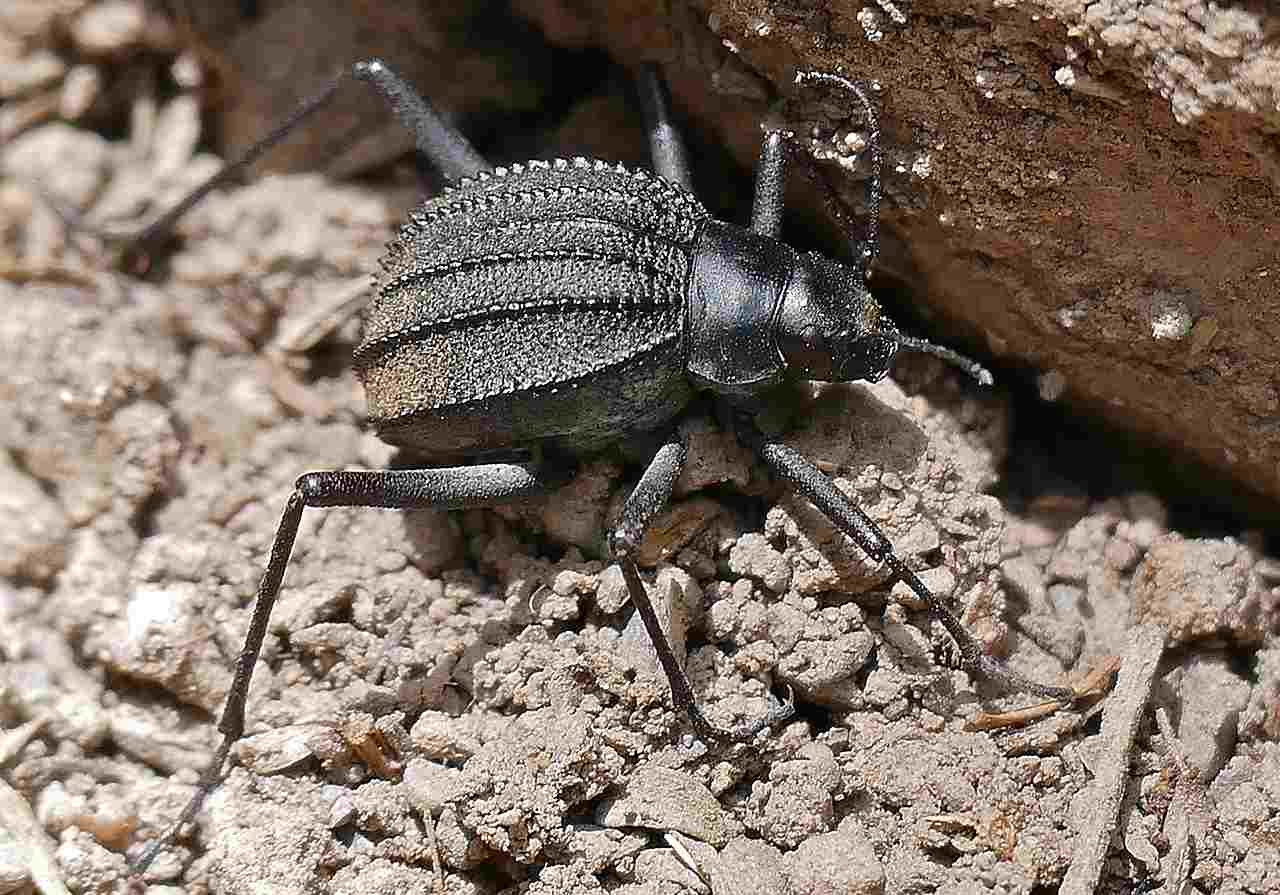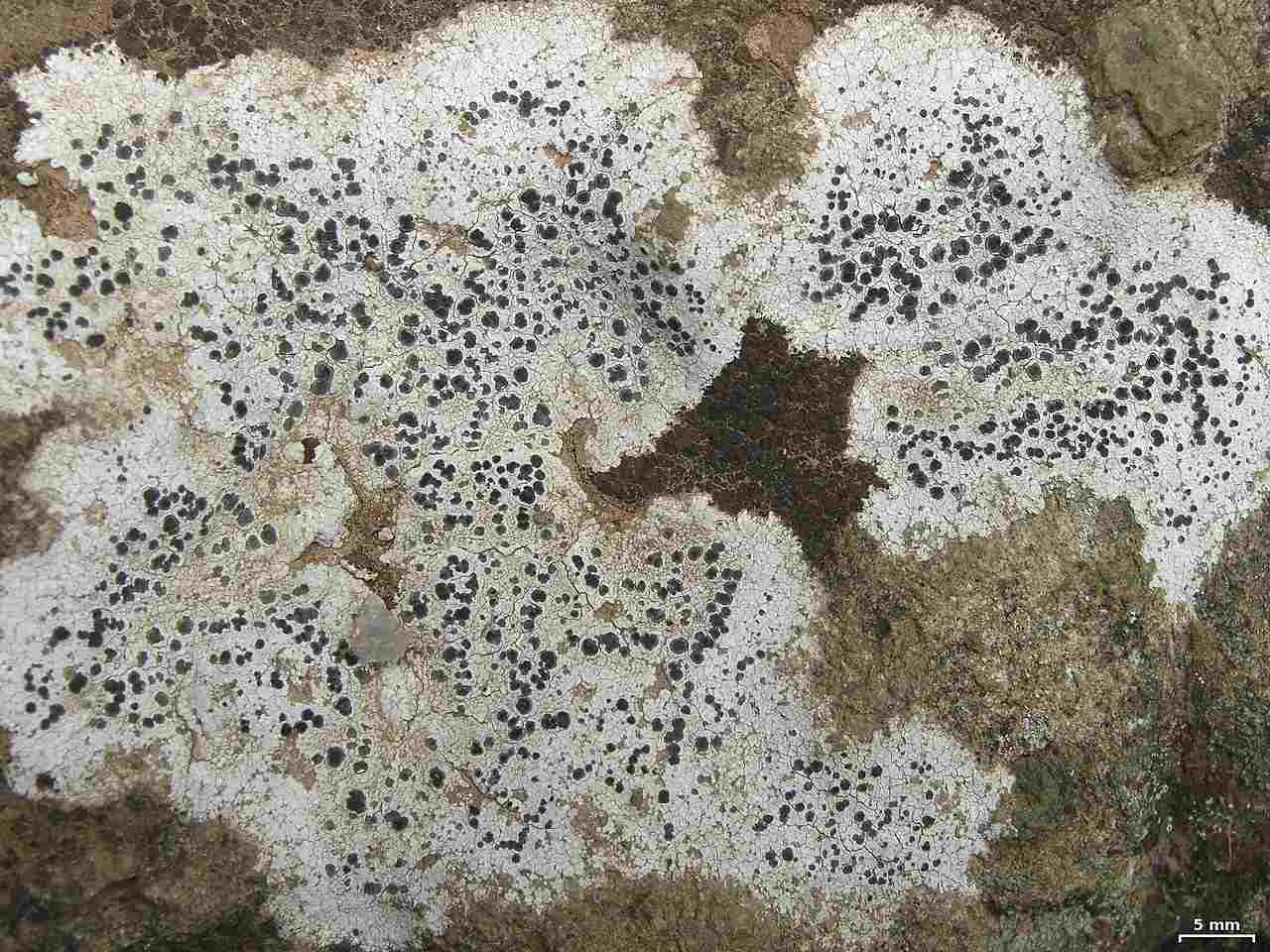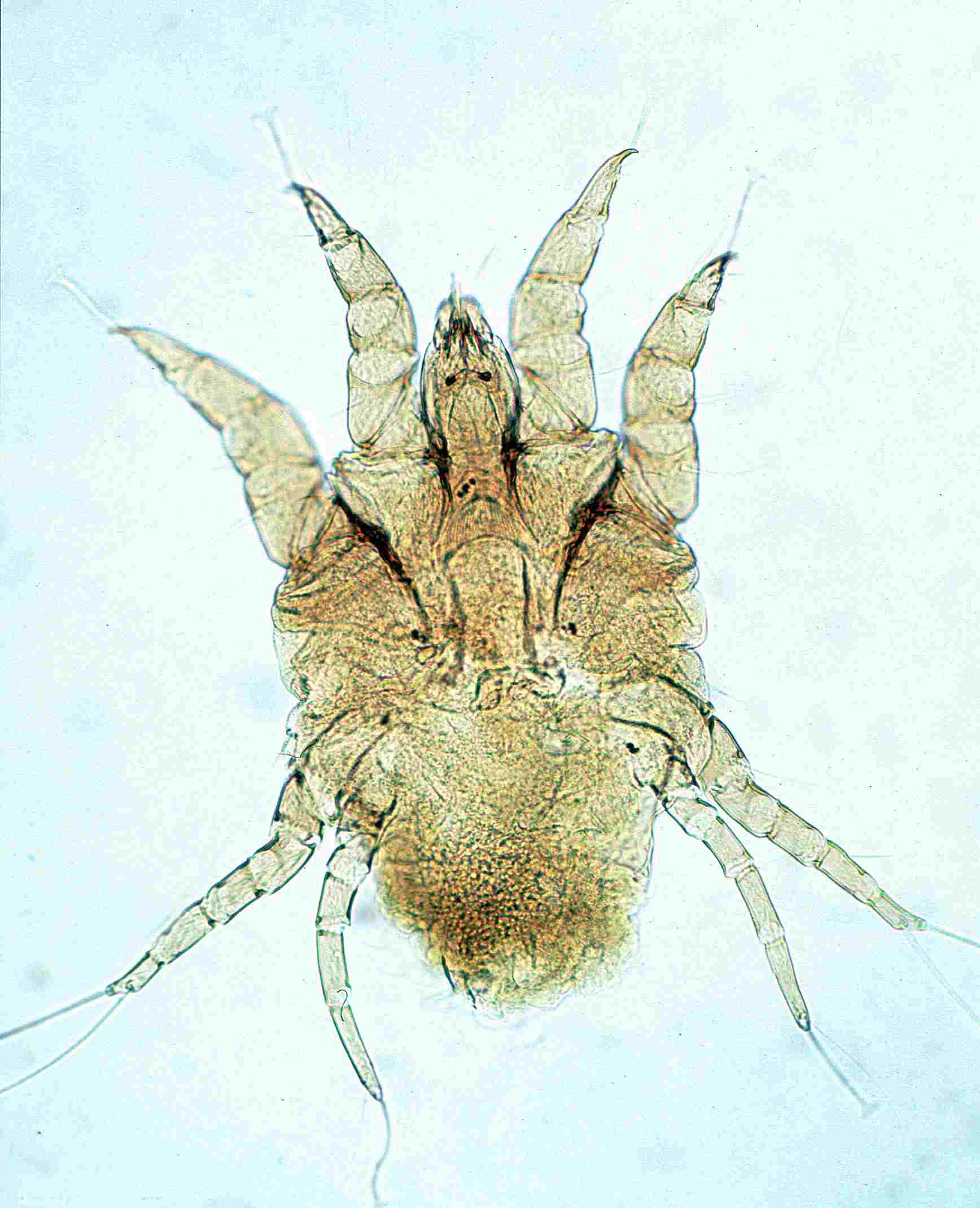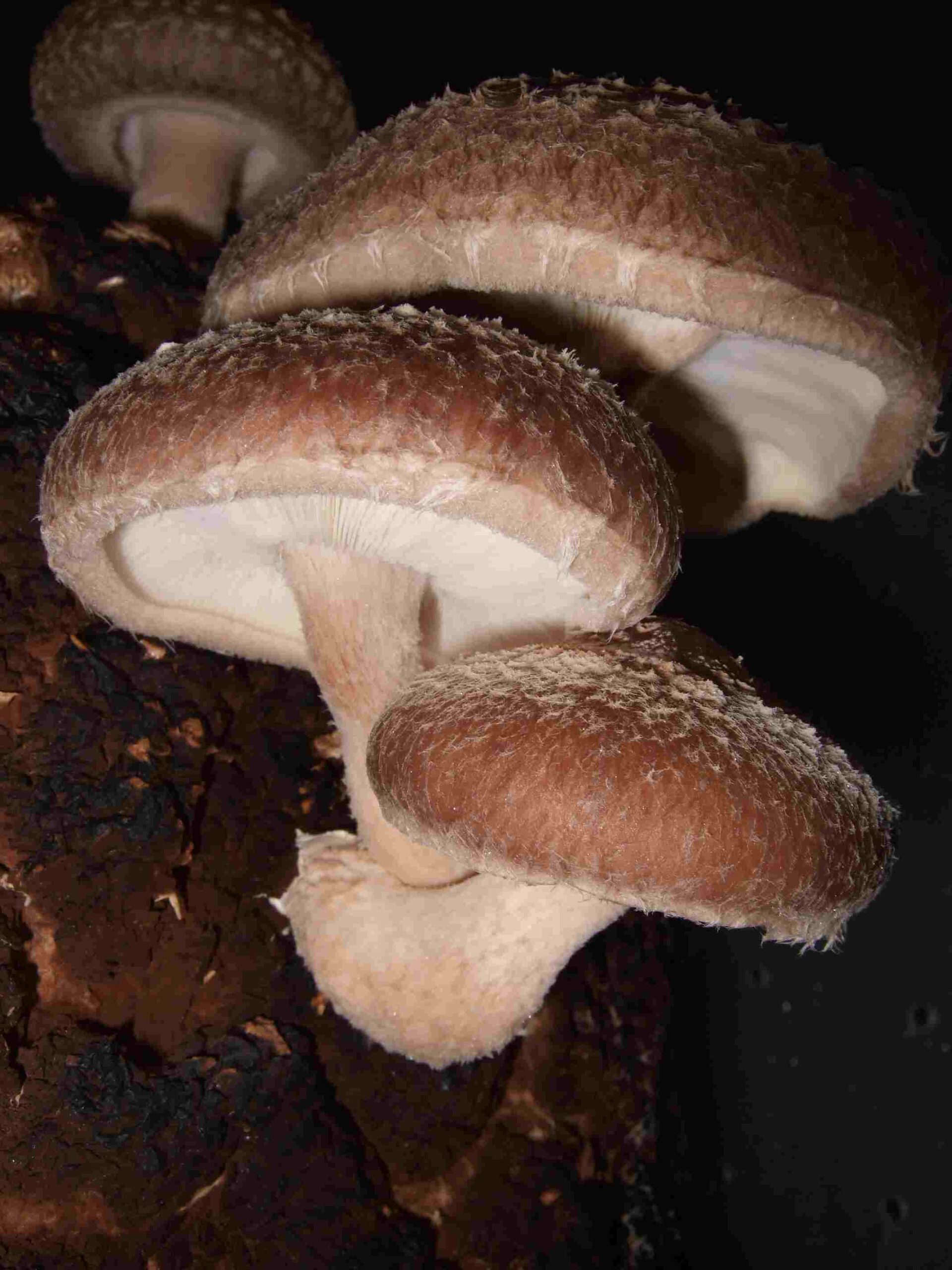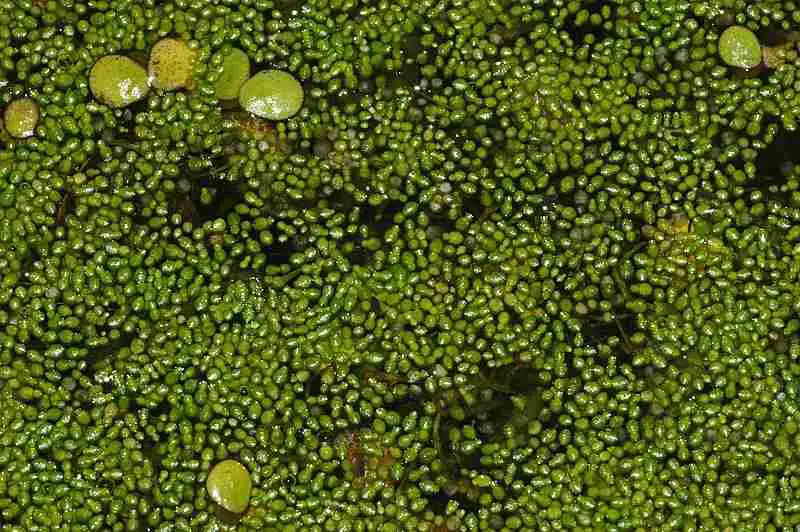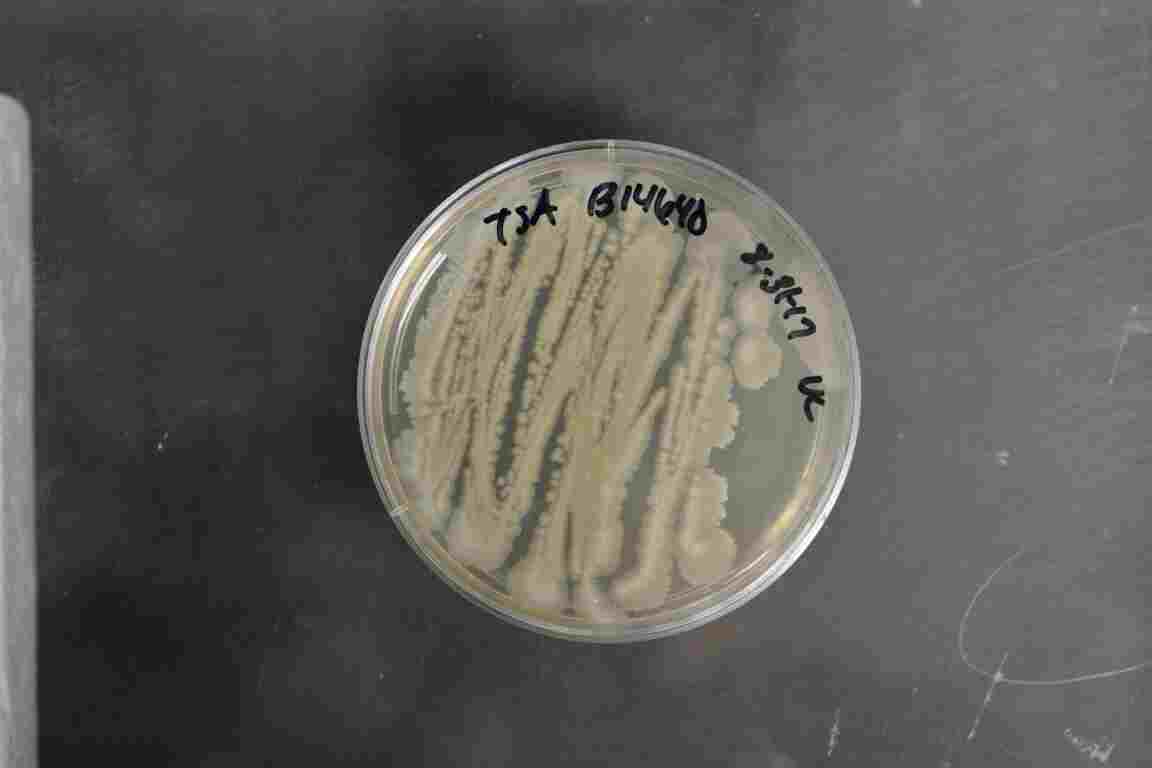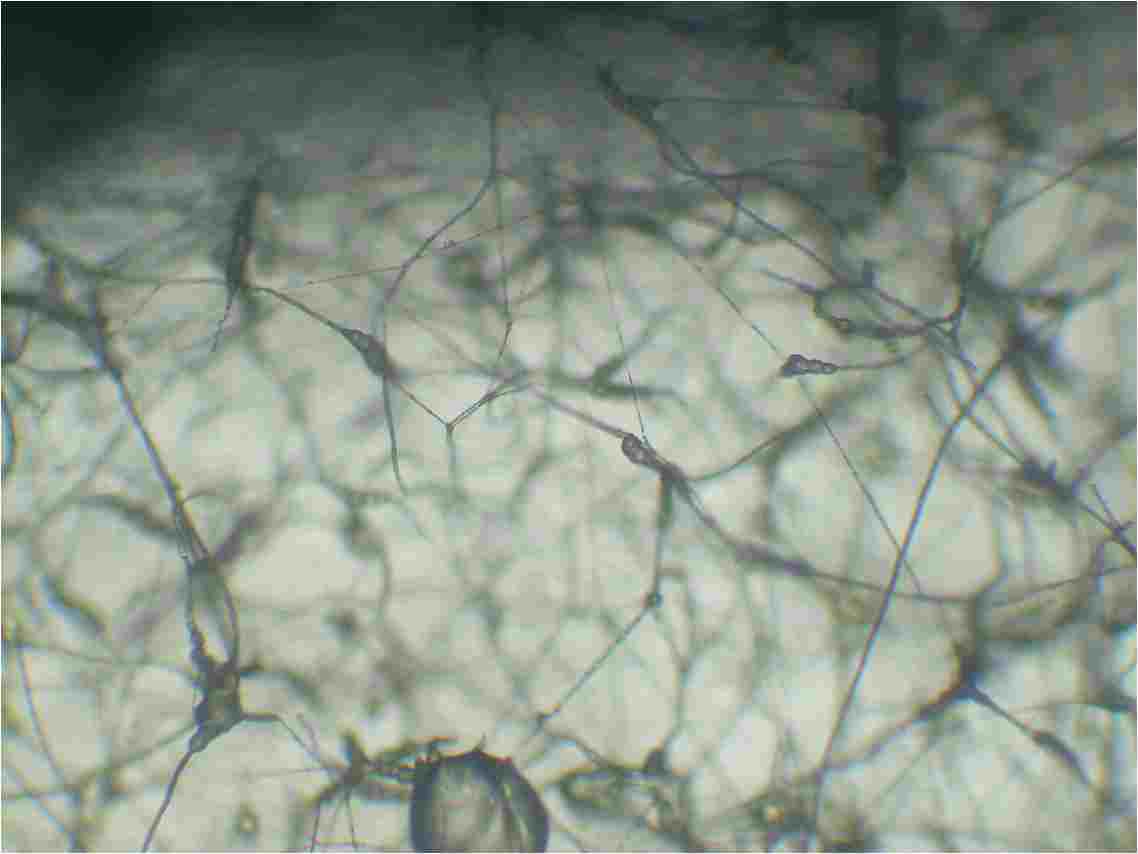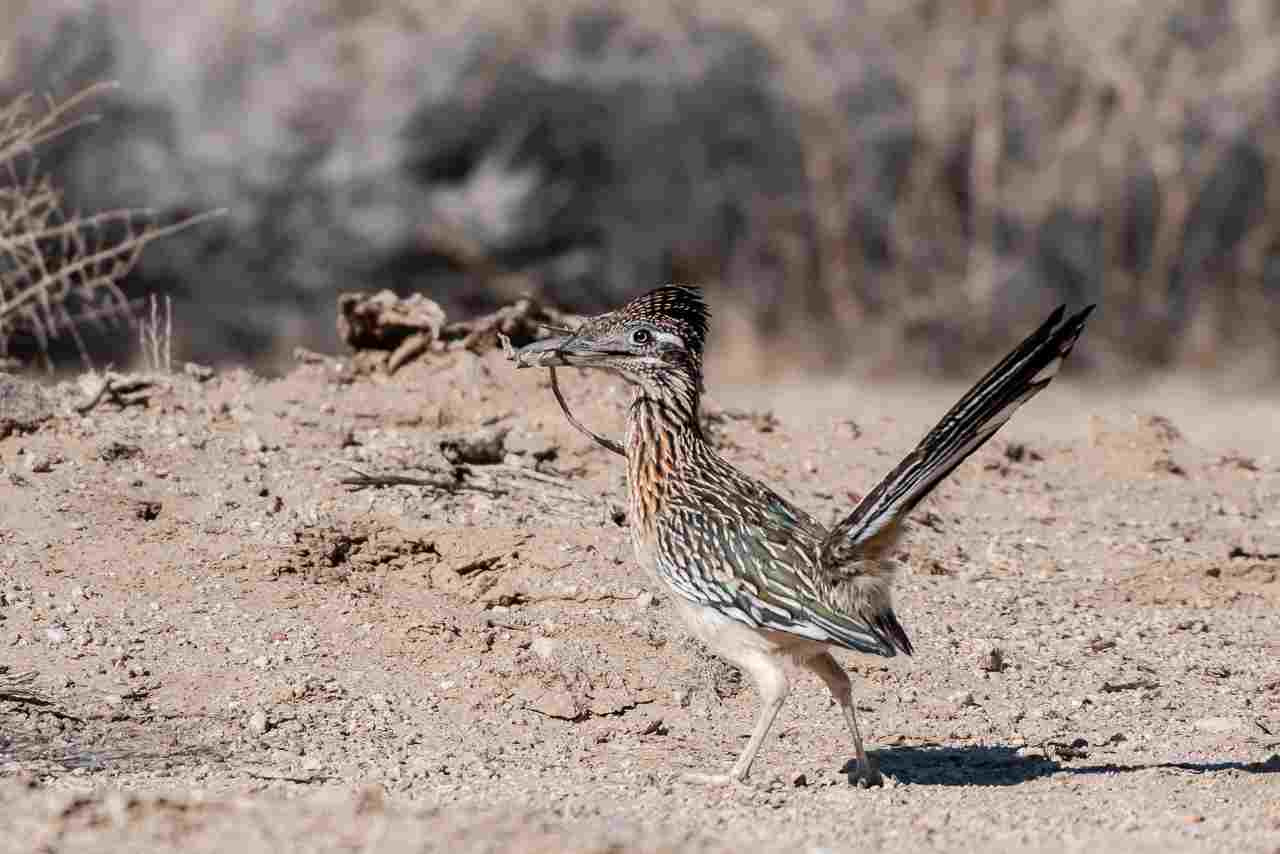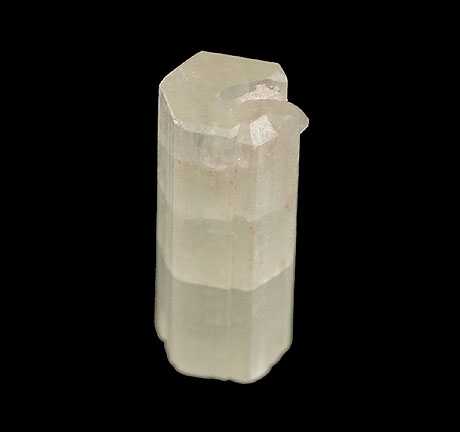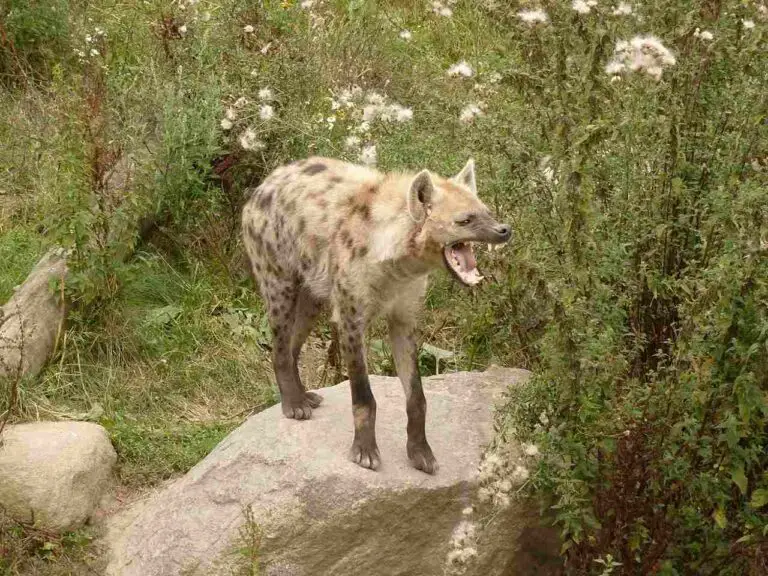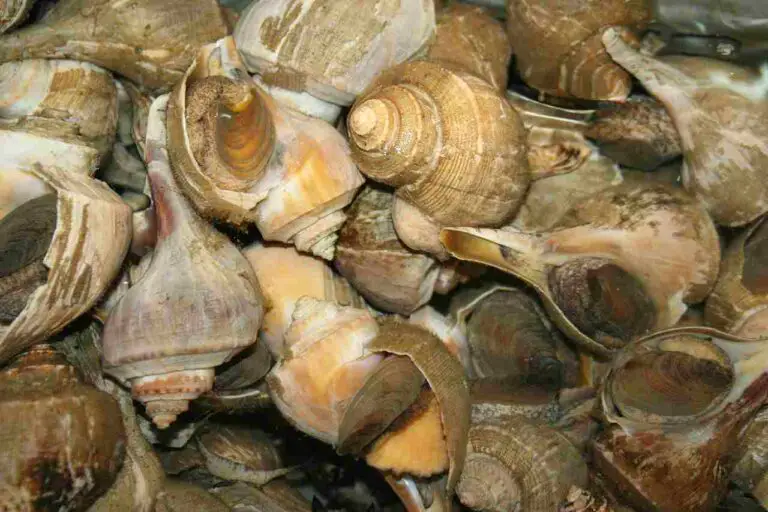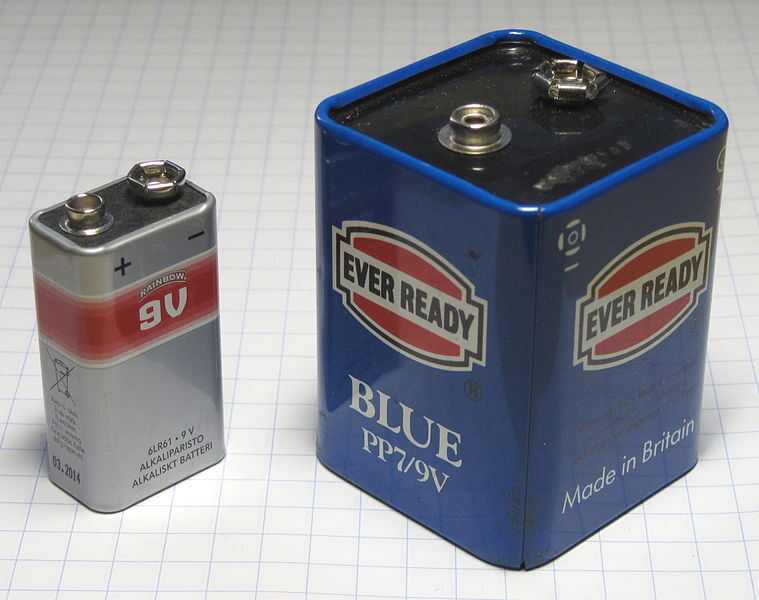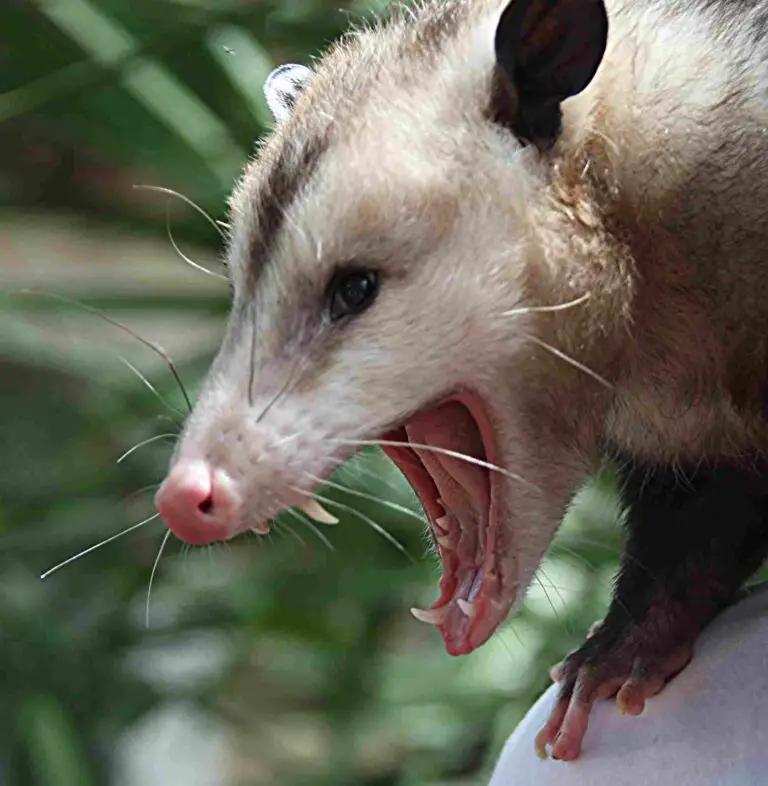31+ Decomposers in the Desert and Their Basic Characteristics/Functions
Decomposers in the desert ecosystem include saprophytes like Azotobacter spp., Clostridium spp., detritivores like desert millipedes, and scavengers like greater roadrunner.
| Organism | Characteristics |
Ecological Importance
|
| Actinobacteria | Gram-positive, high G+C content, branching filaments |
Key decomposers, antimicrobial secondary metabolites, symbiotic with plants
|
| Azotobacter spp. | Free-living, nitrogen-fixing, common in soil |
Nitrogen cycling, soil fertility, contribute to nitrogen availability for plants
|
| Bacillus spp. | Gram-positive, endospores, diverse environments |
Decomposers, some promote plant growth, used in bioremediation
|
| Clostridium spp. | Gram-positive, anaerobic, endospores |
Decomposers in anaerobic conditions, contribute to carbon and nitrogen cycles
|
| Cyanobacteria | Photosynthetic, chlorophyll, aquatic environments |
Primary producers, nitrogen-fixing, base of aquatic food chains
|
| Nitrosomonas spp. | Ammonia-oxidizing bacteria, convert ammonia to nitrite |
Key in nitrification, contribute to nitrogen cycling
|
| Pseudomonas spp. | Gram-negative, aerobic, versatile metabolism |
Nutrient cycling, some promote plant growth, used in bioremediation
|
| Rhizobium spp. | Nitrogen-fixing, symbiotic with legumes |
Crucial for nitrogen fixation, enhance plant growth, contribute to soil fertility
|
| Aspergillus spp. | Filamentous fungi, decomposers, diverse species |
Efficient decomposers, some produce industrial enzymes
|
| Cladosporium spp. | Ubiquitous fungi with diverse species |
Decomposers, play a role in nutrient cycling
|
| Cryptococcus spp. | Yeast-like fungi, associated with decaying organic matter |
Decomposers, interactions with plants and animals in ecosystems
|
| Fusarium spp. | Filamentous fungi, some plant pathogens |
Decomposers of plant material, some form mutualistic relationships with plants
|
| Lecidea spp. | Lichen-forming fungi, symbiotic with algae or cyanobacteria |
Symbiotic relationships with photosynthetic partners, contribute to soil stability
|
| Mucor spp. | Fast-growing filamentous fungi |
Decomposers, break down various organic substances
|
| Penicillium spp. | Common mold fungi, some produce penicillin |
Decomposers, some have industrial applications
|
| Trichoderma spp. | Filamentous fungi, commonly found in soil |
Decomposers, used in biological control, produce enzymes with industrial applications
|
| Ants | Social insects, diverse species, roles in foraging |
Contribute to nutrient cycling, influence seed dispersal and plant diversity
|
| Beetles | Diverse insects, hard exoskeleton, varied diet |
Contribute to pollination, decompose dead organic matter, some act as predators
|
| Desert Millipedes | Arthropods, detritivores, found in arid environments |
Contribute to nutrient cycling, aid in breaking down dead plant material
|
| Earthworms (in certain desert regions) | Segmented worms, burrowers, detritivores |
Enhance soil structure, contribute to nutrient cycling
|
| Harvester Ants | Social insects, known for seed collecting |
Contribute to plant diversity through seed dispersal, influence soil composition
|
| Isopods (roly-polies) | Terrestrial crustaceans, detritivores |
Contribute to nutrient cycling, aid in decomposition of organic matter in soil
|
| Termites | Social insects, efficient decomposers of wood |
Contribute to breaking down dead wood, influence soil structure
|
| American Black Vulture | Large scavenging bird, carrion feeders |
Contribute to disease control, help maintain ecosystem balance
|
| Coyotes | Canids with varied diet, adaptable to diverse habitats |
Contribute to ecosystem balance, influence plant diversity
|
| Fennec Fox | Small fox adapted to deserts, nocturnal, omnivorous |
Contribute to controlling insect populations, may influence plant diversity
|
| Golden Jackal | Medium-sized carnivore, scavenger |
Contribute to ecosystem balance through scavenging, may influence prey populations
|
| Greater Roadrunner | Ground-dwelling bird adapted to arid environments |
Contribute to pest control, may influence plant diversity through seed dispersal
|
| Harris’s Hawk | Medium-sized raptor, cooperative hunting |
Contribute to controlling rodent populations, aid in maintaining ecosystem balance
|
| Lappet-faced Vulture | Large scavenging bird with bald head |
Contribute to disease control, help maintain ecosystem balance
|
| Striped Hyena | Medium-sized carnivore with striped coat |
Contribute to ecosystem balance through scavenging, may influence prey populations
|
| Turkey Vulture | Large scavenging bird with red head |
Contribute to disease control, help maintain ecosystem balance
|
| Wild Dogs | Social carnivores, omnivorous, living in packs |
Contribute to controlling herbivore populations, influence ecosystem dynamics
|
